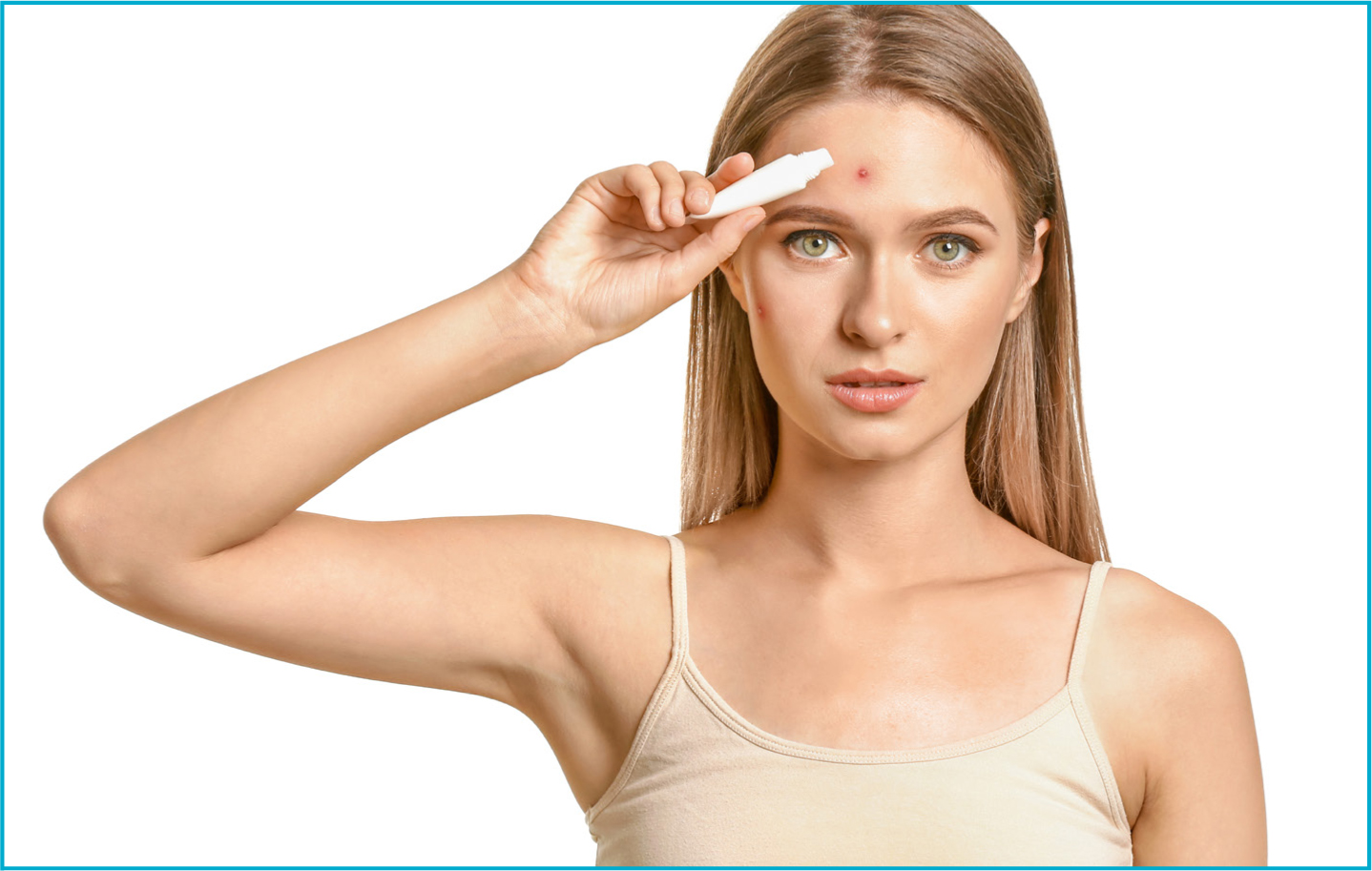
 One article looks at the use of WhatApp Messenger as a way to conduct online consultations during the coronavirus Covid-19 pandemic
One article looks at the use of WhatApp Messenger as a way to conduct online consultations during the coronavirus Covid-19 pandemic
WhatsApp messenger as a teledermatology tool during coronavirus disease (COVID-19): from bedside to phone-side
Due to the global epidemic of coronavirus, or COVID-19, all non-essential services, including medical aesthetics, have been forced to shut in most of the high-risk countries around the world. Most dermatological consultations (with the exception of emergencies) are deferred as a precautionary measure to avoid spreading the virus.
This article looks at the use of WhatApp Messenger as a way to conduct online consultations during the coronavirus Covid-19 pandemic.
Emerging role of dermal compartment in skin pigmentation: comprehensive review
Melanin pigment is responsible for the variations in human skin colour. This is down to epidermal melanocytes, which are synthesised and taken up by keratinocytes that are present in the epidermis.
It has been discovered that these cells also play a leading role in the regulation of skin pigmentation.
Any impairment between epidermal melanocytes, keratinocytes and dermal fibroblasts may cause pigmentary disorders.
Vitiligo is a common hypopigmentary skin disorder and alteration in the expression level of several fibroblast-specific factors has been reported in the lesional skin of vitiligo patients.
In patients suffering with vitiligo, there is a marked decrease in the expression levels of factors, including basic fibroblast growth factor, stem cell factor and keratinocyte growth factor, as well as a sharp increase in the expression levels of Dickkopf 1.
Furthermore, patients who are suffering with hyperpigmentary disorders such as melasma will exhibit a marked increase in stem cell factor and keratinocyte growth factor expression levels, leading to an increased production of melanin. Those affected with solar lentigo experience upregulation in the expression levels of stem cell factor, keratinocyte growth factor and hepatocyte growth factor.
In conclusion to this article, the authors state that new therapeutic strategies can certainly be implemented to cure such pigmentary disorders by targeting factors involved in cross-talk signalling between epidermal melanocytes, keratinocytes and dermal fibroblasts.
Natural ingredients in cosmetic products—a suggestion for a screening series for skin allergy
Plant and animal natural cosmetic products are being featured more and more in product formulations to accommodate to consumer preferences.
Previously, these may have been overlooked because of the reactions to cosmetic products that some patients with dermatitis have experienced.
The aim of this study was to identify the naturally derived cosmetic product ingredients with allergenic potential (type I and type IV) and suggest a series of cosmetic screenings.
To carry out this study, it was conducted in two steps. The first was a market survey using a non-profit application that helped consumers to avoid any problematic ingredients in cosmetic products. This included 10 067 cosmetic products that were label-checked for naturally derived cosmetic product ingredients.
The second step was a literature search, which examined how often the naturally derived ingredients were described and related to allergic reactions in cosmetics or other products that are topically administered.
The authors identified 121 different naturally derived cosmetic product ingredients, which were included in the study, as well as 30 cosmetic products. During this study, 22 ingredients were chosen for a screening test series.
In conclusion, the authors recommended a supplemental patch test, as well as prick test screenings of naturally derived cosmetic product ingredients for patients with previous skin reactions to cosmetic products. The aim of this is to identify a cause in more patients than is currently possible.
 One study aimed to identify the naturally derived cosmetic product ingredients with allergenic potential
One study aimed to identify the naturally derived cosmetic product ingredients with allergenic potential
Psychotropic drugs in dermatology: a dermatologist's approach and choice of medications
It is becoming more common for dermatologists to witness psychiatric symptoms. The use of psychiatric medications by dermatologist is approached with caution and uncertainty in several psychodermatological conditions.
There are several skin conditions that are associated with depression, anxiety and obsessive-compulsive symptoms. Some of these conditions, for example, delusion of parasitosis, require antipsychotic medication treatment. With that in mind, the aim of this article is to highlight the importance of psychotropoc medications and their use in dermatology. Following a brief review of literature, it is thought that this will help to familiarise dermatologists with understanding and prescribing psychotropic medications to help patients with psychiatric symptoms and increase treatment compliance.
Artificial intelligence in dermatology: a primer
In dermatology, the use of artificial intelligence (AI) is becoming increasingly important. Studies are reporting accuracy matching for dermatologists in the diagnosis of skin lesions from clinical and dermoscopic images.
However, there is a lack of global clinical validation. The authors have reviewed dermatological applications of deep learning, the primary AI technology for image analysis, and the aim of this article is to discuss its current capabilities, potential failure modes and the challenges regarding performance assessment and interpretability.
The authors address three primary applications: teledermatology, including triage for referral to dermatologists; augmenting clinical assessment during face-to-face visits; and dermatopathology.
The authors also consider equity and ethical issues related to future clinical adoption and advise specific standardisation of metrics for reporting model performance.



